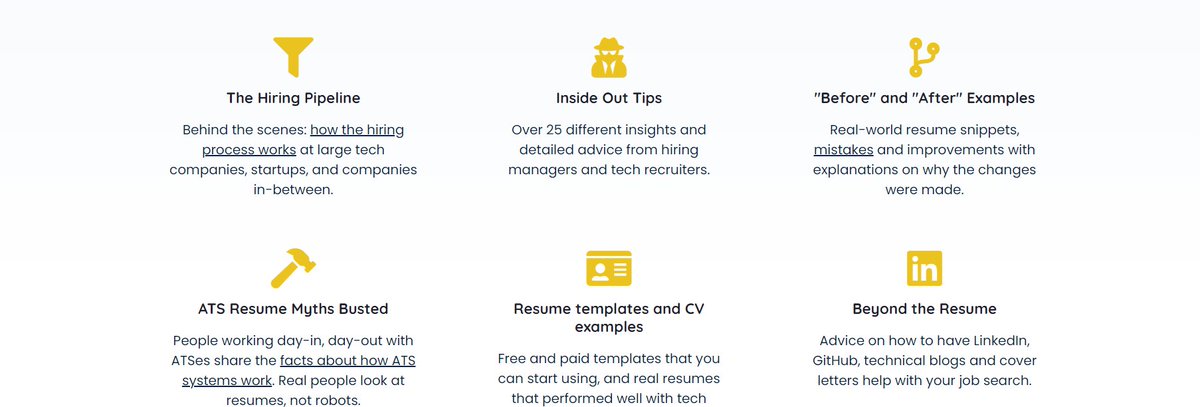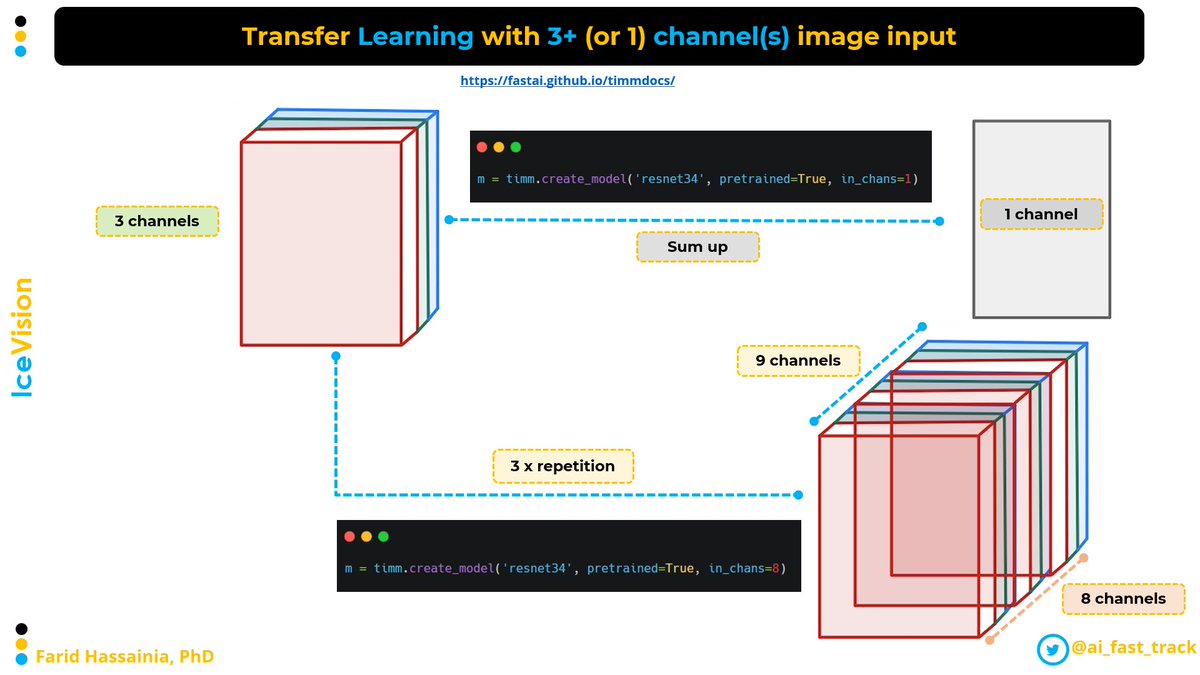
🚀 Mentor | IceVision Creator
✨I help companies leverage AI and develop innovative products
🧩I assist mentees in becoming the top 1% of AI practitioners
How to get URL link on X (Twitter) App

https://twitter.com/gunaratne_rahel/status/1590359886600208384



 Here is also an awesome survey about Low-Shot Learning I already shared:
Here is also an awesome survey about Low-Shot Learning I already shared:https://twitter.com/ai_fast_track/status/1569868300535975936

 It covers:
It covers:
 What's Included
What's Included

 🤔 Context
🤔 Context

 🔸 Scale imbalance
🔸 Scale imbalance


 👉 Data Labeling
👉 Data Labeling




https://twitter.com/ai_fast_track/status/1482759861519761409
https://twitter.com/ai_fast_track/status/1463177309381402634

 📌 Prior work uses the classification score or a combination of classification and predicted localization scores (centerness) to rank candidates.
📌 Prior work uses the classification score or a combination of classification and predicted localization scores (centerness) to rank candidates. 
 🔸 Scale imbalance
🔸 Scale imbalance
 @wightmanr m = timm.create_model('resnet34', pretrained=True, in_chans=8)
@wightmanr m = timm.create_model('resnet34', pretrained=True, in_chans=8)https://twitter.com/ai_fast_track/status/14749697486266736662- IA-YOLO improves object detection in adverse weather conditions using a hybrid task.
https://twitter.com/ai_fast_track/status/1472070080557113344

 • To address that issue, the authors propose a simple yet surprisingly powerful data augmentation and training scheme they call Learning to Detect Every Thing (LDET)
• To address that issue, the authors propose a simple yet surprisingly powerful data augmentation and training scheme they call Learning to Detect Every Thing (LDET)